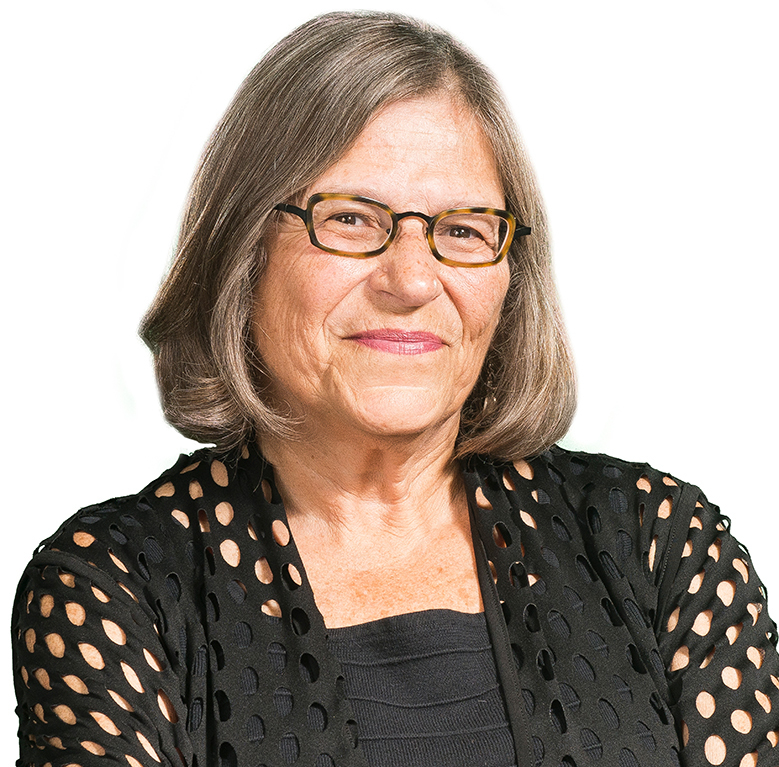Coming of age in architecture

I arrived in Boston at age 17 to attend journalism school at Boston University. It was my first time away from home, and I imprinted on this city like a newborn duckling. Although I’ve traveled extensively and reported from 12 countries, I have never forsaken Boston as my home. The city’s history, its politics, its distinctive neighborhoods—even the clannishness and the aggressive driving—I find all endlessly endearing. Love that dirty water!
Over a long career in journalism, beginning at the scrappy, shoestring East Boston Community News right up to my current post as editor of ArchitectureBoston, I’ve chronicled the city’s evolution from parochial backwater into the brainy, beautiful, international magnet it has become. I’ve covered at least two distinct development booms, in the mid-1980s and right now, and I’ve developed an abiding respect for public design as a way to bring disparate communities together, to evoke feelings of wonder and joy, even—as the BSA’s member profiles only half-jokingly suggest—to save the world.
In writing about the built environment, a term I hadn’t even heard before joining the BSA, I was prescient—or at least precocious. Back in 1987 I wrote a 5,500-word essay for The Boston Globe’s Sunday magazine about Boston’s rebuilt skyline, cheekily titled “The Banal, the Bad and the Ugly.” The article cast a gimlet eye on the big new buildings then sprouting downtown, with comments from architect Bill Rawn FAIA, developer Robert Beal, historian Doris Kearns Goodwin, and the late architectural preservationists Pauline Chase Harrell and Margaret Henderson Floyd, among others. I canvassed artists, community activists, even the gentleman who broadcast traffic reports from the WBZ helicopter, in search of different perspectives—often literally—on the physical city.
What emerged from my reporting, I wrote then, was “not just a rogue’s gallery of Boston’s ugliest buildings, but also eloquent testimony to the way buildings have the power to move us—to the sociological and psychological effects of glass and steel on flesh and blood.”
Reporting that article turned into a monthlong crash course in architecture. I learned the importance of context, especially in an area as rich in architectural history as New England. The harshest criticism among my panel of experts was reserved for buildings that were “generic” or “anonymous”—divorced from the context of Boston. I learned the importance of what Rawn called “a strong street edge,” that even the tallest building is most significant at its base, where it meets the street. I learned about the role of urban design in creating a kind of civic culture, with accessible, connecting, easily navigated public spaces—and how disempowering design can be when it gets those qualities wrong.

As I became an editor and eventually editor of the editorial page at the Globe, my interest and advocacy for the physical city only deepened. The editorial page made the demolition of the Central Artery and the development of the mile-long greensward that replaced it one of its top priorities. We developed a special identifying logo and title, “Beyond the Big Dig,” as we advocated, not always successfully, for a single design vision for the Rose F. Kennedy Greenway’s disparate parcels and for robust public-sector support to maintain and promote this new civic gem.
Another major focus of the Globe’s advocacy was the on-again, off-again development of the Fan Pier as it underwent a succession of owners and masterplans. We encouraged continued public access to the waterfront and—again, not always successfully—the creation of a real neighborhood, with hardware stores, a grocery, even a public school.
We also sounded the alarm over the increasingly tight housing market, especially in Boston’s core; we editorialized against ending rent control in 1994, supported the often unpopular 40B affordable-housing regulations, and pushed for more inclusionary zoning and other regulatory fixes. We were early adopters of the need to slow climate change, though the effects of sea-level rise and storm surges on the built city weren’t nearly as evident as they are today.
In 2009, amid journalism’s tumultuous contractions, I left full-time work at the Globe and started writing a regular op-ed column. One of them was about the Harbor Islands Pavilion, the first permanent structure on the Greenway. That’s when I first met Tim Love AIA of Utile, who turned our interview into a smart, funny, provocative treatise on what he called his “secret plan to get Bostonians to love cement.”
By the time Tim called me again in 2011, asking if I’d be interested in editing this premier magazine of ideas, I was already a convert to the notion that architecture has an outsize role in the lives of ordinary citizens. Five years and 19 issues of ArchitectureBoston later, I’m happy to report that my initial instincts were correct: Boston’s design community is peopled by some of the most creative problem solvers I’ve ever met. Whether it is designing homes for an aging population; promoting healthier, more resilient buildings; or finding ways to live with rising seas, I have found the BSA’s members at the center of society’s most profound challenges—and up to the challenge.
I’ll end by returning to the comments of Bill Rawn, who in 1987 had just been appointed to the Boston Civic Design Commission under then-mayor Ray Flynn, charged with reviewing plans for every new building larger than 100,000 square feet. What was his formula for evaluating design excellence? “I try to imagine things that bring joy to me,” he said then. “For example, every time I walk over the bridge at the Public Garden I get a little twitter.”
The role architects play—really, the power they have—to provide that twitter of joy, to influence the lives of every one of us in ways subtle and complex, is an awesome responsibility. It’s inspiring to be learning, writing, and presenting evidence about that role to the wider world.
Renée Loth Hon. BSA, editor, ArchitectureBoston magazine, 2011–present
